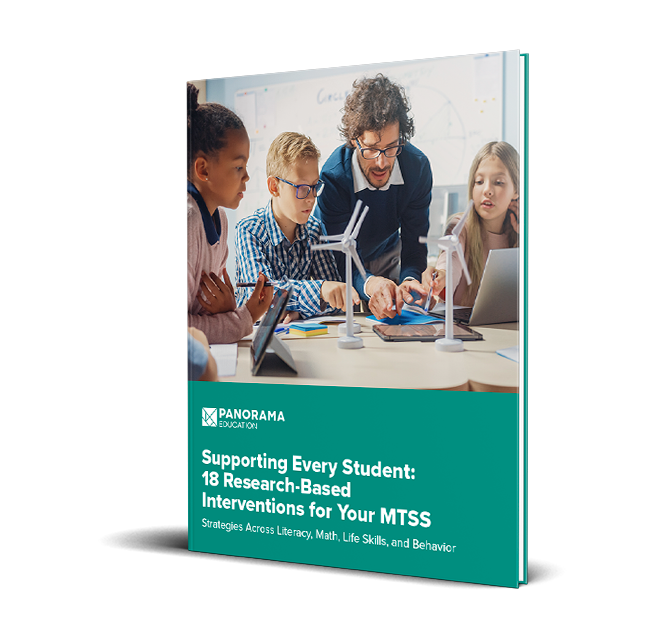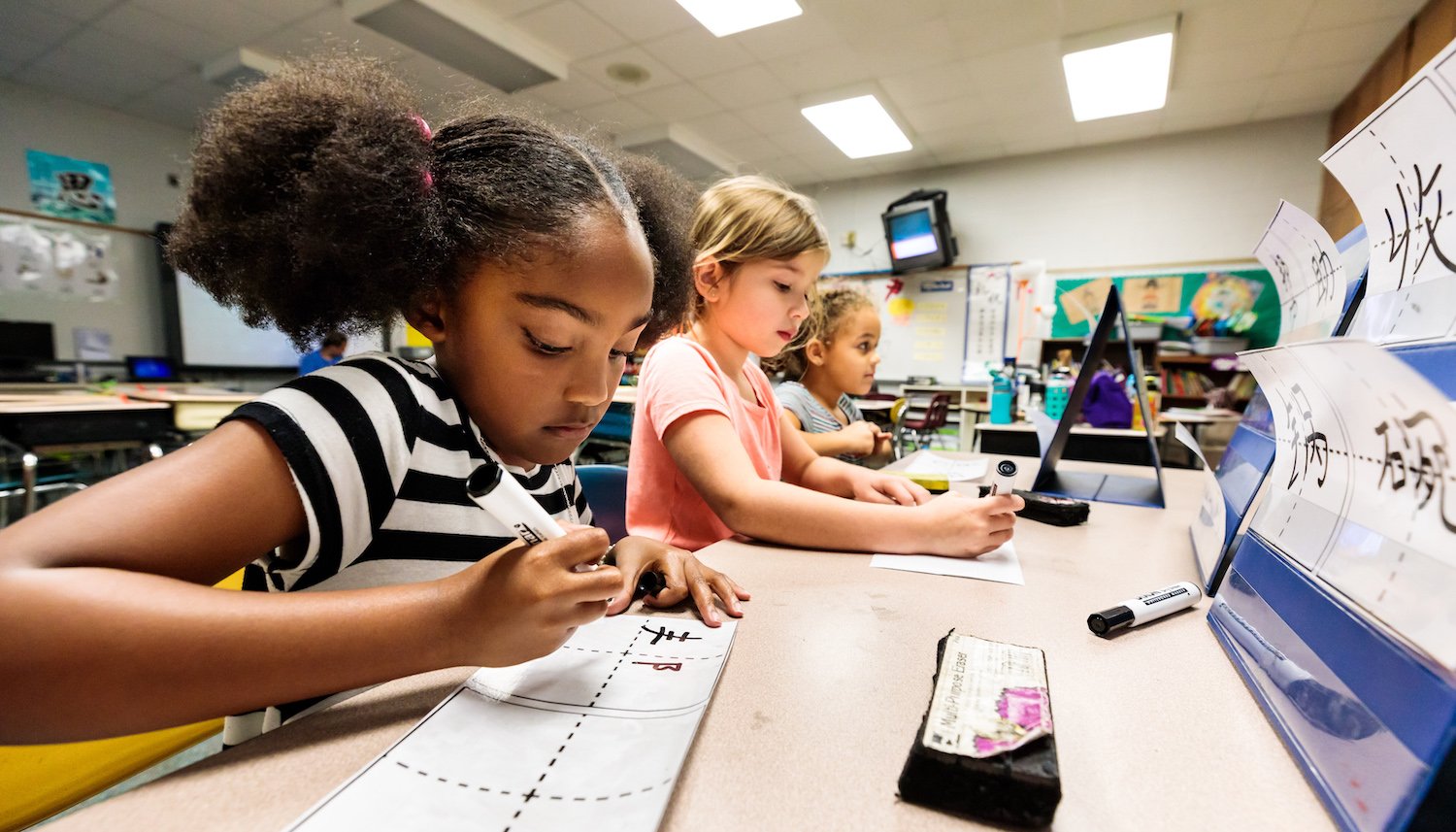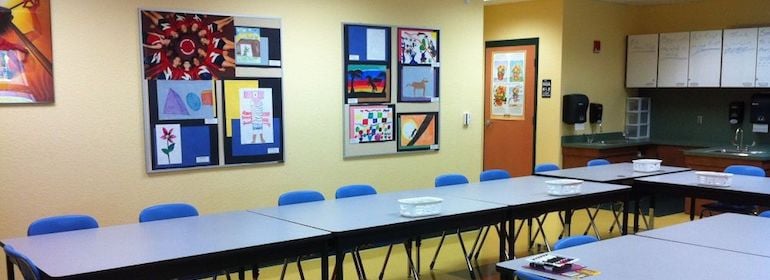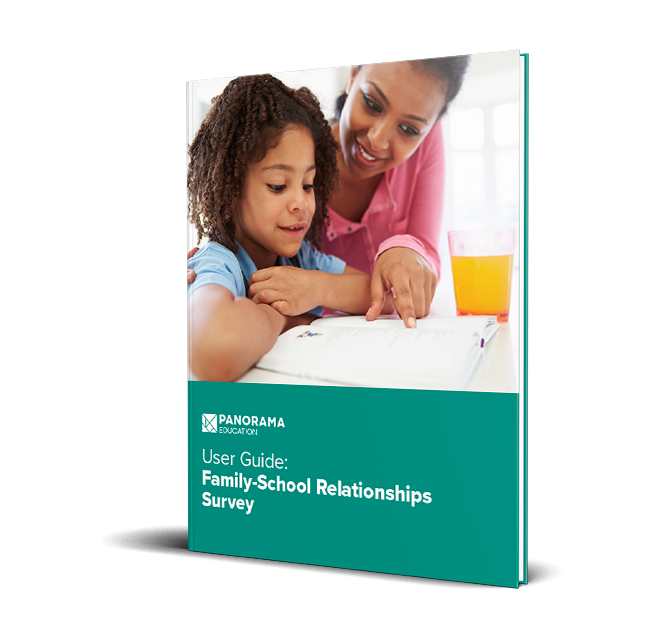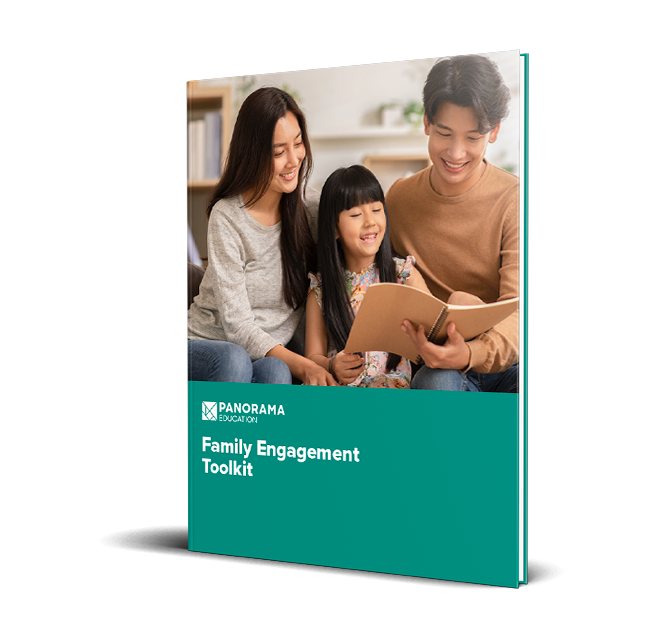Caregivers are the experts on their children. Yet, district leaders know that effectively and equitably engaging families is far from simple.
Decades of research outline a clear need for parental engagement in a child's education. When families are engaged in school, their children are more likely to succeed. At a more holistic level, many studies support the importance of partnerships among families, schools, and the broader community. Educators and administrators also play a role in making family-school partnerships work. When schools elevate family members as true partners and the experts that they are, our students benefit significantly.
As David Adams, director of social-emotional learning at The Urban Assembly and CASEL board member, put it:
"There is an attitude sometimes that caregivers are obstacles, and engagement with caregivers tends to be one-directional. I am advocating for a bi-directional approach in which educators and parents are bringing assets to the table together. The assumption needs to be: we are all adults who care about the social, emotional, and academic outcomes for our students."
As part of Panorama's Celebrating Resilience: A Summer Series weekly webinar programming, we sat down with a panel of experts to explore how districts are adapting family engagement frameworks to today’s context.
Here are the key takeaways from our conversation, including examples of how districts are empowering caregivers as co-creators in their child's educational journey.
Download Panorama's Free Family Engagement Toolkit
1. Focus on fostering relationships built on trust and authenticity
.png?width=119&name=circle-cropped%20(17).png)
Saddleback Valley Unified School District (CA)
It’s important for us to remember that caregivers are co-creators in their child’s educational journey and bring lots of assets into the school system. We must be honest, sincere, and genuine in soliciting their input as partners in educating our students. It is important to be humble and vulnerable in asking family members: “How is the learning environment that we are designing for your children actually impacting you at home?” This became an even more significant question once we started with distance learning in the spring.

David Adams, Director of Social-Emotional Learning, The Urban Assembly
When engaging with caregivers, we need to focus on the relational aspect in every interaction. This is built on trust, which includes consistency and follow through. Caregivers need to trust that educators and schools are going to follow through and fulfill the obligations that they’ve made to families.
When I think about trust in the context of family engagement, I focus on three ‘C’s:
- Clarity: What you should expect from us and what we should expect from you.
- Consistency: Are we going to follow through on what we committed to do?
- Communication: The method by which we resolve conflicts if the first two Cs are not effective. We use communication to bridge the gaps.
Trust is the foundation. The process through which we develop trust is knowing what’s expected, following through with it, and making sure that channels are open so that disconnects can be addressed.
2. Recognize that past experiences influence caregiver's current perceptions
.png?width=119&name=circle-cropped%20(18).png)
Ellen Desmond, Special Projects Coordinator, New Hampshire Department of Education
Many families have lived in the same area for generations and, unfortunately, have been really hurt by the public education system. That makes it really challenging because we are starting at this place of frustration, hurt, anger and tension. Trying to get to the crux of that shared goal (of educating the child) and getting on the same page about a mission and vision is so important. We need to show caregivers that education has changed since they were in school. We need to convey that we have learned a lot over time and how new evidence-based practices and research are helping us do better. We want families to be a part of us doing better, and we should own up to some of the mistakes that we’ve made as a public education system in the past.
.png?width=119&name=circle-cropped%20(17).png)
Saddleback Valley Unified School District (CA)
Communities still carry the weight of past experiences—this is what influences caregiver's mindset about schools. It’s important for us to recognize the members of the community that have been there for a long time and, at the same time, acknowledge and respect how the community has evolved.
3. Invite feedback from caregivers and respond to what families tell you
.png?width=119&name=circle-cropped%20(17).png)
Rowena Mak, Ed.D., District Coordinator, Services for English Learners,
Saddleback Valley Unified School District (CA)
Authenticity cannot be faked. We can send out all of the surveys in the world, but what are you doing with all of that information? What are you doing with that feedback? It’s just data if there is no meaning making, and this must involve the community and families. We need the courage to pivot our plans in response to what the community is telling us.
For example, when we asked the community to give us feedback on our district initiatives and plans, caregivers overwhelmingly stressed a need for social-emotional learning. In response, we created a five-year plan for what SEL is going to look like for our community.
There is nothing passive about the word “engagement.” It’s about rolling up your sleeves and being involved in the mess and chaos of the work, and involving guardians in identifying solutions to problems. We should always be asking questions and seeking to better understand our families’ unique contexts and needs.

If our intent is to have a positive relationship with caregivers, we know we have to operationalize this within our school. That means bringing family members into the decision-making process in discussions about school climate and social-emotional learning.
If there is an issue with a student—behavioral or academic—we want to make sure that we are calling caregivers with a plan and asking for feedback on it. That’s bringing them in as problem solvers.
.png?width=119&name=circle-cropped%20(18).png)
Ellen Desmond, Special Projects Coordinator, New Hampshire Department of Education
In a way, the pandemic has been a gift in that we have been given literal access into students’ home lives. There’s something really powerful about teachers being able to visibly see what’s going on in their students’ lives at home, and we can’t turn a blind eye. We can’t make assumptions about what caregivers need. We need to ask them directly, and have a plan when we find out that answer. That means taking data and following through with it.
4. Use your district's social-emotional learning work as a way to engage families
.png?width=119&name=circle-cropped%20(18).png)
Ellen Desmond, Special Projects Coordinator, New Hampshire Department of Education
We often don’t give families (or educators) enough credit for all of the social-emotional learning that happens naturally. It’s important to embed SEL into academics and to implement explicit instruction, but there are so many little things that caregivers do on a daily basis. Family members may not know or recognize that they are engaging in social-emotional education, so it’s important to celebrate that and provide guidance for them on how to continue the great SEL work happening in classrooms when they are with their children at home.
One huge attitude shift is that school is not just about academics any more. That’s really new for a lot of caregivers. Communicating about social-emotional learning and having that as a common, shared goal—and one that caregivers can continue to prioritize at home—is really important.
5. Leverage technology to involve caregivers as joint decision-makers

David Adams, Director of Social-Emotional Learning, The Urban Assembly
There is a difference between partnering with caregivers and leveraging caregivers. When we moved to distance learning, schools needed caregivers in order to achieve their intended outcomes. Now, when we move back into actual classrooms, are we still going to be engaging guardians with the same quality of communication? What does it mean to look at guardians and say, "Thank you for supporting your children in these times of need. What we can do for you in return on behalf of our students?"
Also consider: What are the communication channels that family members are engaging in? Schools are historically most comfortable with in-person communication. But only a certain strata of caregivers can engage schools in that context.
Now, with more digital tools at our disposal, we are doing a better job of allowing caregivers to engage with teachers on a more consistent basis. We need to continue to do that, as we are in a space where online learning is giving us insight into how families are functioning. In a similar fashion, how do we find ways to bring elements of the classroom to family members? Can we record snippets to show caregivers what math class actually looks like?
